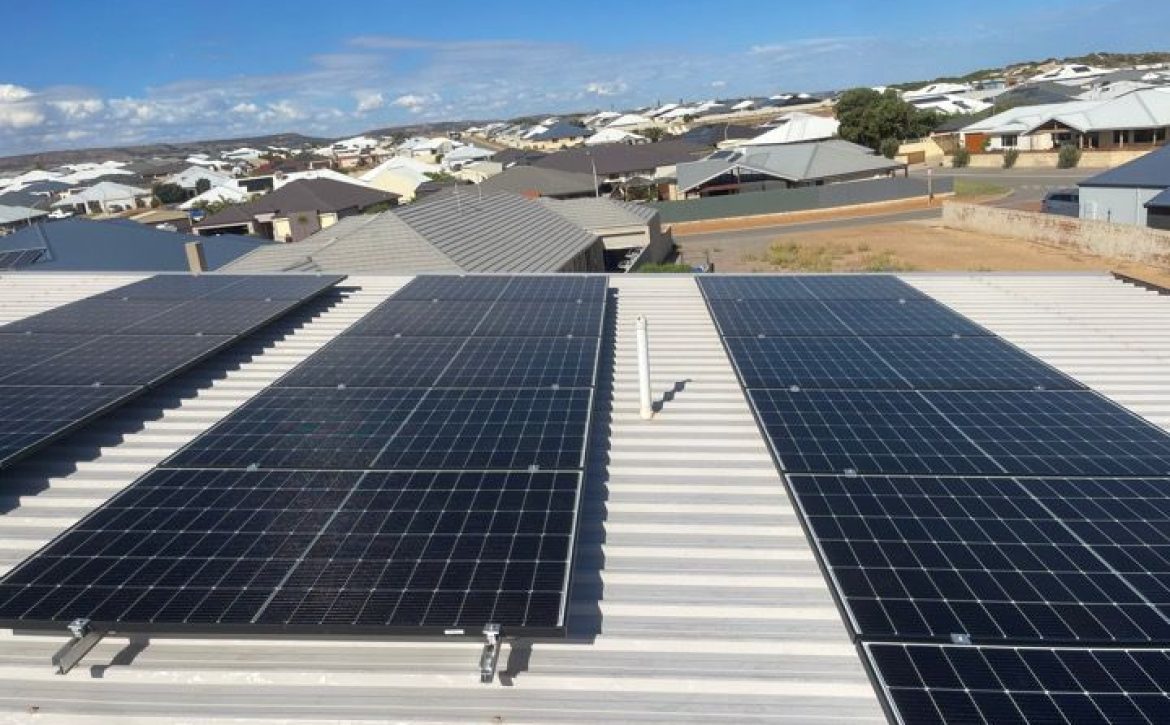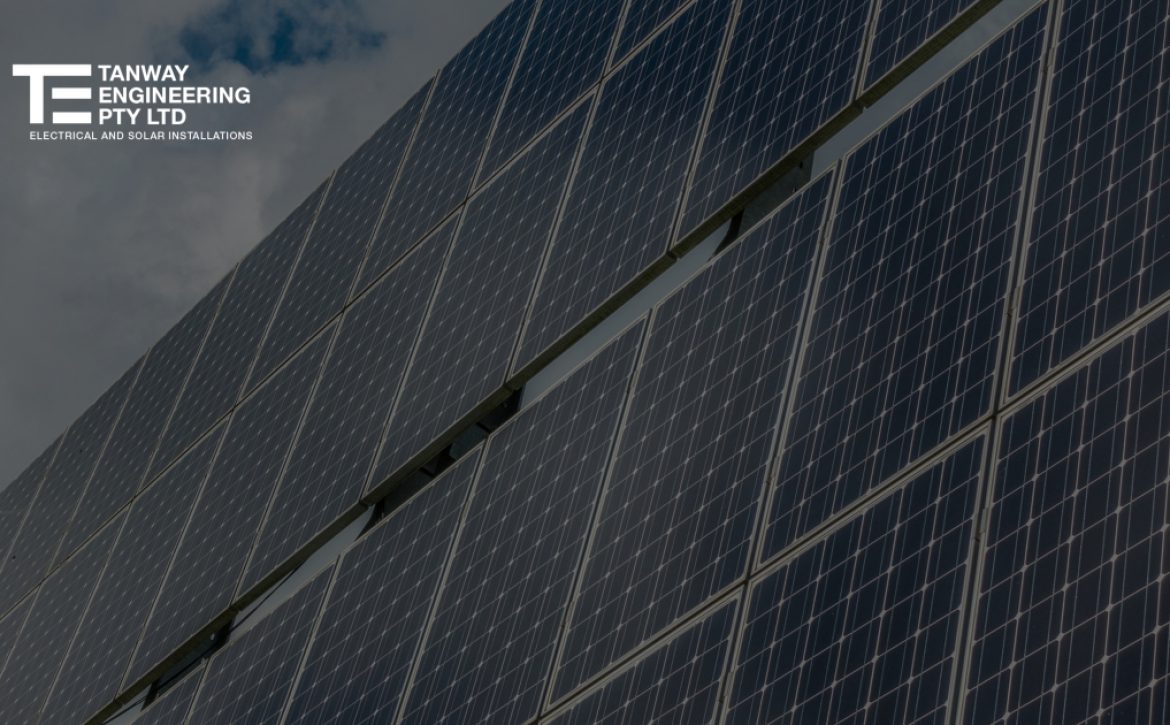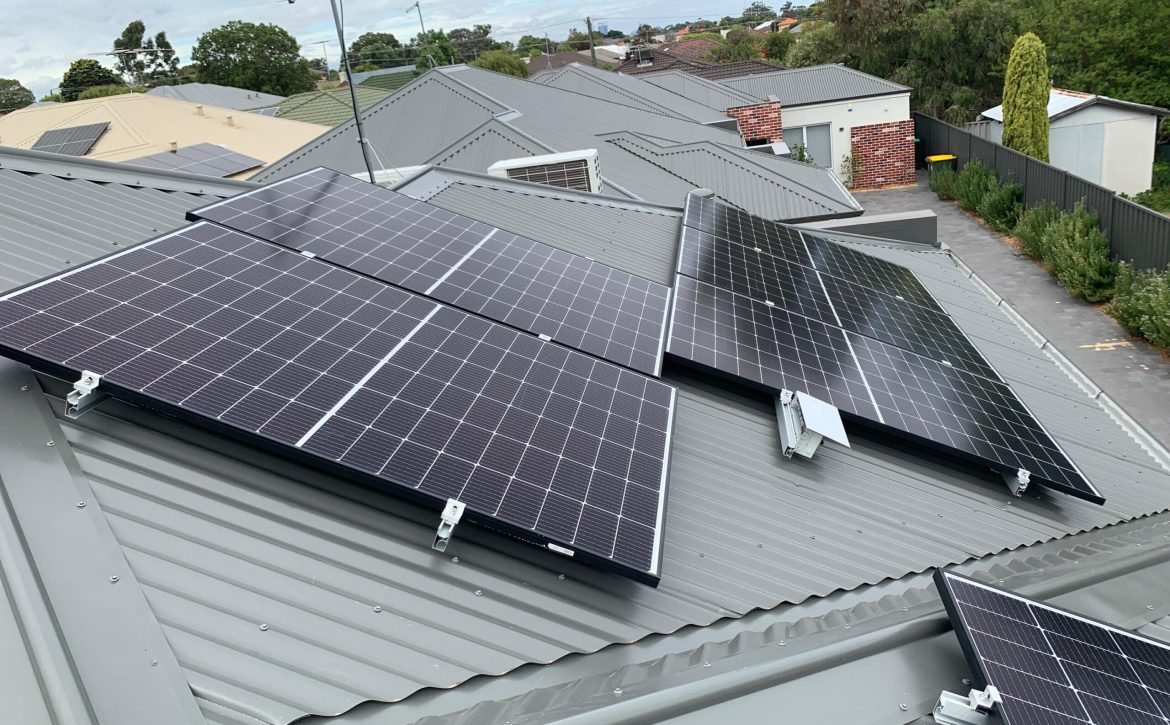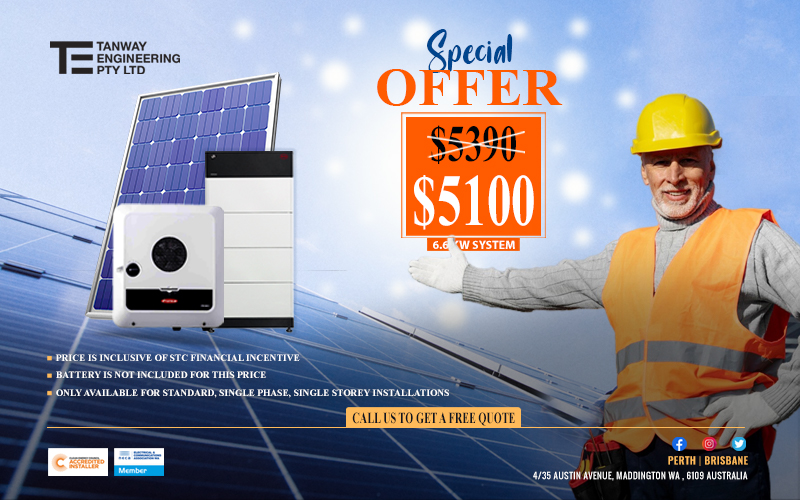The Best Solar Panel Systems for Commercial Use in Perth
As the world shifts toward sustainable energy solutions, businesses in Perth are increasingly turning to solar power to reduce operational costs and lower their carbon footprint. With a myriad of options available, choosing the right solar panel system can be overwhelming.
This blog will explore the best solar panel systems for commercial use in Perth, highlighting their benefits, features and the unparalleled services offered by Tanway Engineering, the leading solar installers in the region.
Understanding Solar Panel Systems
Before diving into the best options for commercial use, it’s essential to understand what solar panel systems consist of and how they work.
Components of a Solar Panel System
- Solar Panels: These are made up of photovoltaic (PV) cells that convert sunlight into electricity. The efficiency of solar panels varies, with most commercial systems using monocrystalline or polycrystalline panels.
- Inverter: This device converts the direct current (DC) electricity generated by the solar panels into alternating current (AC) electricity, which is used by most commercial appliances.
- Mounting System: This framework supports the solar panels and can be installed on rooftops or as ground-mounted systems.
- Battery Storage (Optional): Battery systems store excess energy produced during the day for use at night or during cloudy days, ensuring a continuous power supply.
- Monitoring System: This technology allows businesses to track their energy production and consumption, optimizing system performance.
Types of Solar Panel Systems for Commercial Use
- Grid-Tied Solar Systems
- Description: These systems are connected to the local electricity grid, allowing businesses to draw power from the grid when solar production is low and sell excess energy back to the grid when production is high.
- Benefits:
- Lower upfront costs since they do not require battery storage.
- Net metering options can offset electricity costs.
- Off-Grid Solar Systems
- Description: These systems operate independently from the grid and are ideal for remote locations.
- Benefits:
- Complete energy independence.
- Increased reliability in areas with unstable grid power.
- Hybrid Solar Systems
- Description: Combining grid-tied and off-grid systems, these setups include battery storage for flexibility.
- Benefits:
- Energy security during outages.
- Greater efficiency by utilizing stored energy.
- Solar Carports
- Description: These structures provide parking shade while generating electricity.
- Benefits:
- Dual functionality maximizes space.
- Can be a marketing point for eco-conscious consumers.
Key Considerations When Choosing a Solar Panel System
- Energy Needs: Evaluate your business’s energy consumption patterns to determine the system size and type needed to meet your requirements.
- Budget: Consider both upfront costs and long-term savings. While initial investments can be high, solar systems significantly reduce electricity bills over time.
- Incentives and Rebates: Take advantage of government incentives and rebates available in Western Australia, which can help offset installation costs.
- Quality and Warranty: Choose high-quality solar panels and inverters from reputable manufacturers with comprehensive warranties to ensure longevity and performance.
- Installer Reputation: Selecting a reputable installer with experience in commercial solar systems is crucial for a successful installation and optimal performance.
Why Tanway Engineering is the Best Choice for Solar Installations in Perth
Expertise and Experience
Tanway Engineering has over nine years of experience in the solar industry, specializing in domestic, commercial and industrial solar panel installations. Their team of certified professionals understands the unique needs of commercial enterprises and tailors solutions accordingly.
Comprehensive Services
Tanway Engineering offers a full range of services, including:
- Custom Design and Consultation: They assess your energy needs and recommend the best solar system tailored to your business.
- Installation: Their expert installers ensure a seamless installation process, adhering to the highest safety and quality standards.
- Maintenance and Support: Tanway provides ongoing support and maintenance to maximize system performance and longevity.
- Battery Storage Solutions: They offer advanced battery systems, enabling businesses to store excess energy and reduce reliance on the grid.
High-Quality Products
Tanway Engineering partners with leading manufacturers to provide top-tier solar panels and inverters. Their offerings include:
- Monocrystalline Panels: Known for their high efficiency and space-saving design, making them ideal for commercial rooftops.
- Polycrystalline Panels: A more cost-effective option without compromising on performance, suitable for larger installations.
Commitment to Sustainability
Tanway Engineering is dedicated to promoting sustainable energy solutions. Their expertise in solar energy not only benefits businesses by reducing electricity costs but also contributes to a greener future for Perth.
Choosing the best solar panel system for your commercial needs in Perth is an investment in your business’s future. By evaluating your energy requirements, understanding the types of systems available, and selecting a reputable installer like Tanway Engineering, you can harness the power of solar energy effectively.
With Tanway Engineering’s extensive experience, commitment to quality, and comprehensive services, you can rest assured that your commercial solar installation will be handled with the utmost professionalism. Take the first step toward a sustainable and cost-effective energy solution today—contact Tanway Engineering for a consultation and let them guide you through the process of going solar.










